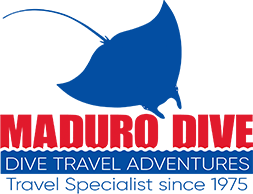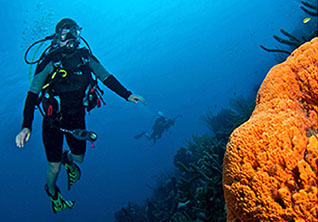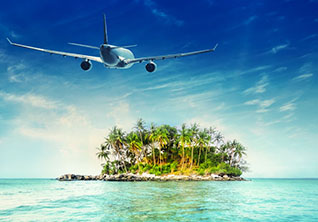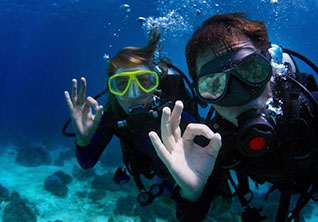Turks and Caicos: White Sand and Wicked Wall Dives
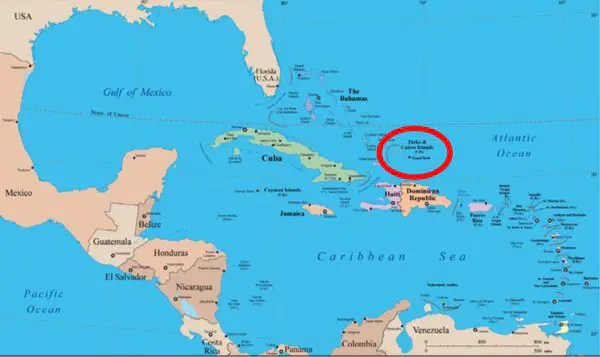
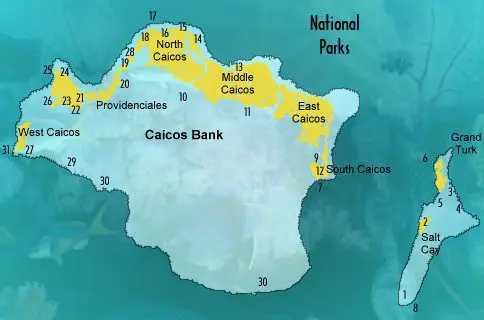
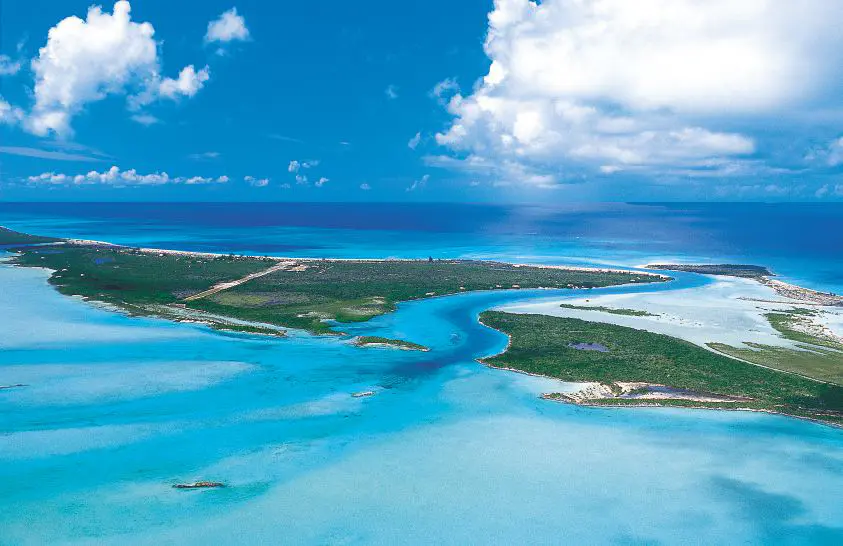
There’s a group of islands just over an hour’s flight from Miami and they are so much more than their ancient Lucayan name for red blossomed topped Turk cactus and string of islands (caya hico) implies. The low lying limestone islands here are bordered by white sand beaches and while at least one of them you can walk across to at low tide, a few are separated by the 7,200 plus feet deep Turks Island passage. Huge pelagics such as North Atlantic humpback whales pass between the islands during their annual migration from January to March. The passage also divides the main eight islands with West Caicos, Providenciales (Provo), North Caicos, Middle Caicos, East Caicos, and South Caicos on the west side, and Grand Turk and Salt Cay on the east side of the passage. Some 299 uninhabited islands help round out the rest of the island chain.
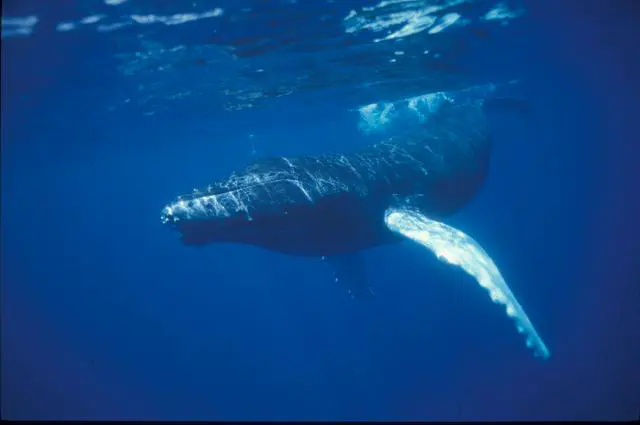
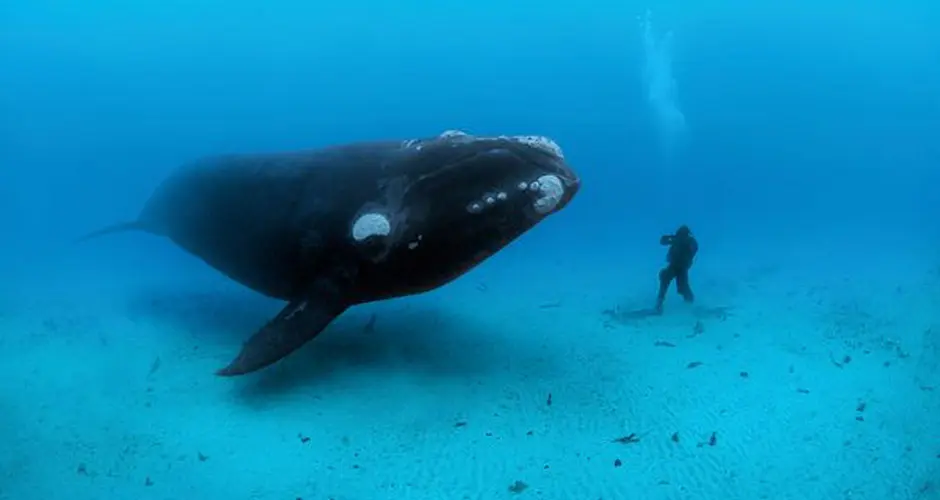
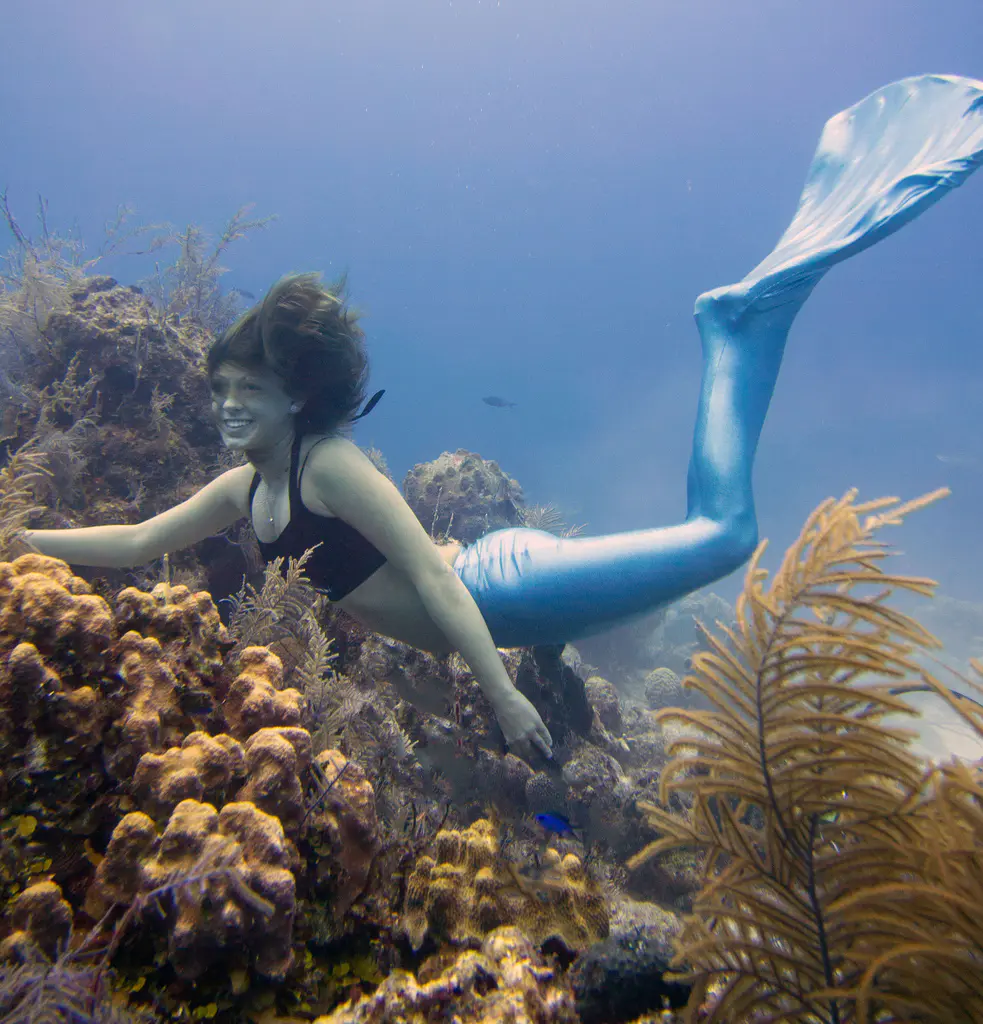
Whales aren’t the only thing that has passed by these islands. Christopher Columbus passed by here in 1492 on his first voyage to discovering a western route to Asia. He may have been off on his calculations by a continent and an ocean or two, but had he known how far the circumference of the Earth really was, or that the Vikings had made settlements in the New World already for some 500 years, Columbus might not have been able to talk anyone into joining him for the first of four total expeditionary cruises. Another explorer passing by Turks and Caicos, astronaut John Glen, orbited Earth three times in 1962 before making a splash near the islands and coming ashore for some rest and relaxation at Grand Turk.
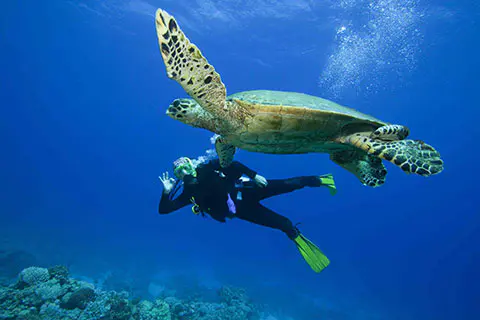
Now it’s easy to reach the shores of Turks and Caicos by scheduled airlines to the international airport with ongoing inter island flights or cruise ships. The Grand Turk Cruise Center is home to a 3,000 foot pier and the recreational and shopping center is home to the largest “Jimmy Buffet” Margaritaville in the world. If you want to visit somewhere less crowded, take a short trip over to Salt Cay and do some whale watching from the ruins at Taylor’s Hill or take a short excursion over to Gibb’s Cay to see the stingrays swim right up next to the beach. Don’t forget to visit the Columbus National Marine Park complete with 25 dive site moorings to visit with corals, garden eels, turtles, nurse sharks Nassau groupers and a host of smaller fish species.
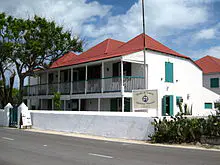
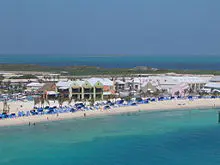
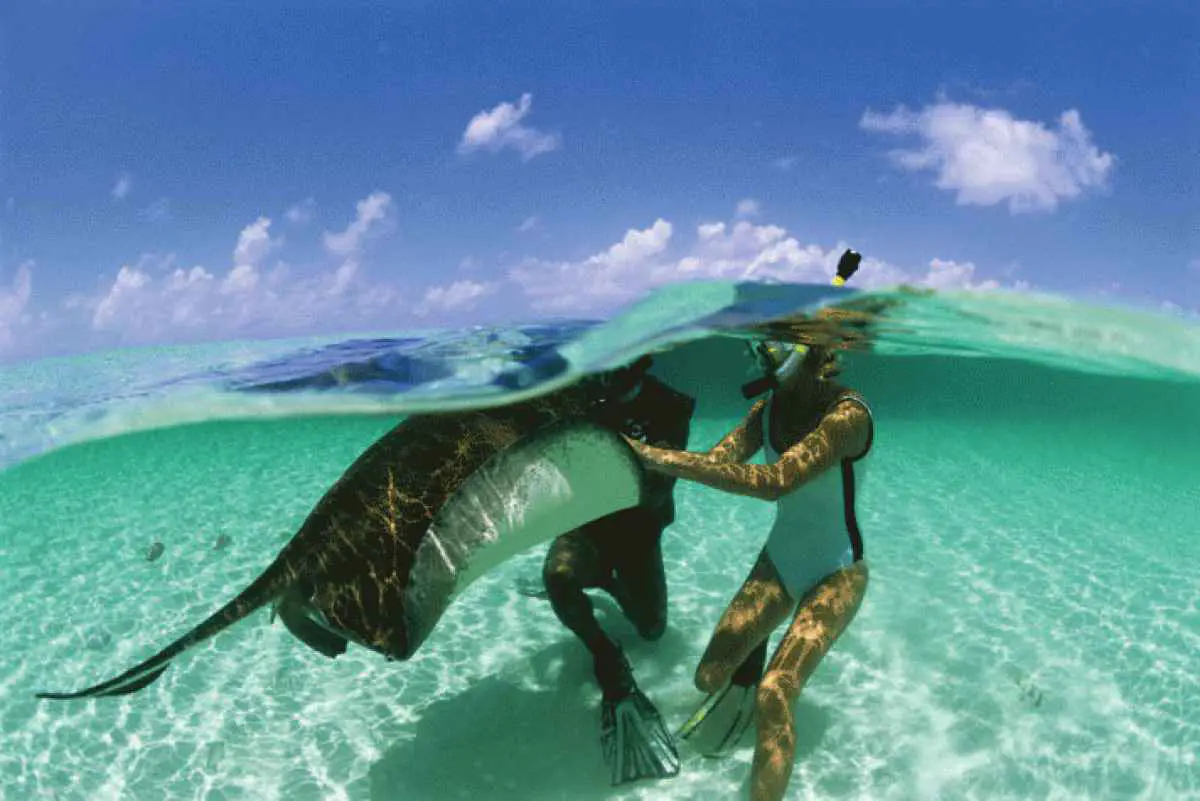
Some 13 miles south of Salt Cay exists an ocean pinnacle and at 40ft of depth (12.5m), is the wreck of the HMS Endymion, a British fifth rate 49 gun warship that sunk in 1790. Ironically an early diesel five-masted schooner General Pershing wrecked here at Endymion Rock as well in 1921, and now you can see the chains running over from General Pershing’s anchor towards the Endymion’s anchor. As far as ship wrecks go, Turks and Caicos has the oldest wreck on this side of the pond. The Molasses Reef Wreck dates back to 1505. Many wrecks came to rest on Molasses Reef, but this Spanish ship was thought to be Columbus’s famed Niňa and so some divers in the 1970’s blew this historical artifact up in search of treasure. They didn’t find what they were looking for, but cannons, crossbows, and crew personal effects are now on exhibit at the Turks and Caicos National Museum built before 1885 and located near the seat of the government since 1766; Cockburn Town on Grand Turk. There is also a lighthouse built in 1852 with cast iron tower worth a sightseeing visit while on Grand Turk.
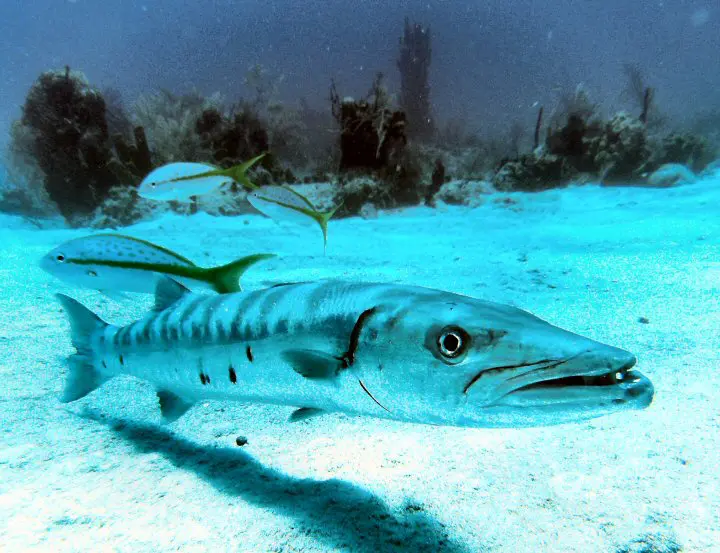
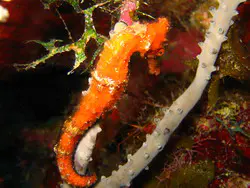
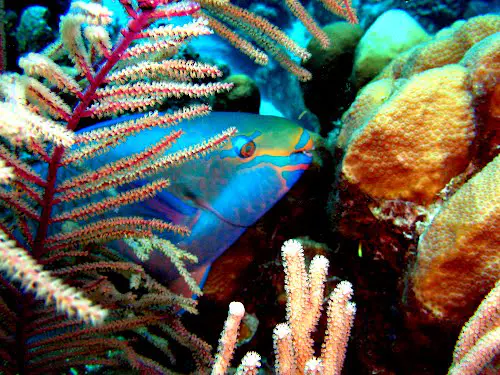
The ages may seem old, but when you consider that the Arawaken speaking Tainos lived here from 500 AD to 800 AD, and the classical Tainos moved here in the 1200’s, then anything after 1500 AD doesn’t seem so long ago. In fact, the classical Tainos had a good thing going for close to 300 years until Juan Ponce de Leon recorded the islands in 1512 and introduced the locals to a work abroad program that he just wouldn’t let them refuse. By 1513, His work and no-release program left the islands once again uninhabited until the salt collectors appeared in 1645. Pirates used the islands for awhile; the most notable being Anne Bonny around Parrot Cay in the 1720’s. Loyalists from America fled to the islands from 1775-1783. Also since Britain abolished slavery in 1833, many slaves that were shipwrecked or intercepted in transit in near waters were freed, and the population of the islands modestly grew once again. So now knowing the brief history of the islands, you are now able to appreciate the local architecture, the local island culture, cuisine, and part of the geography.
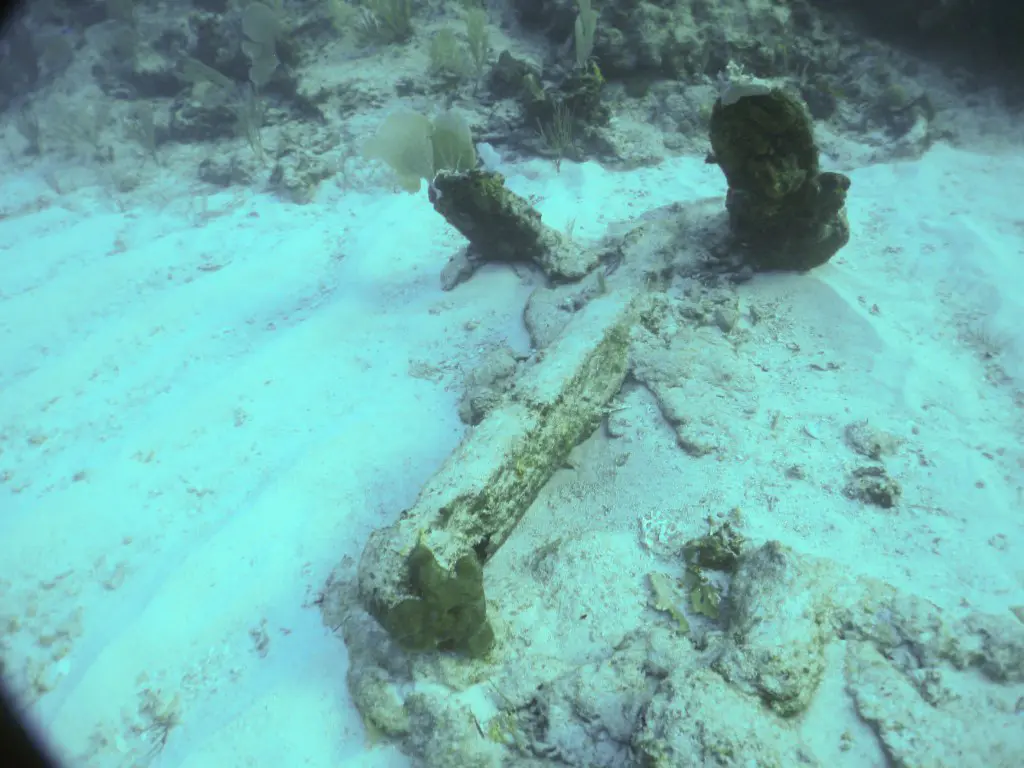
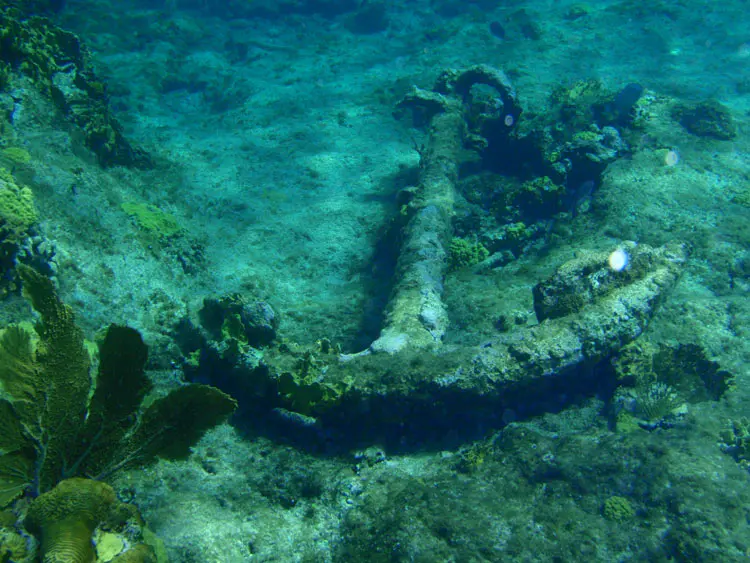
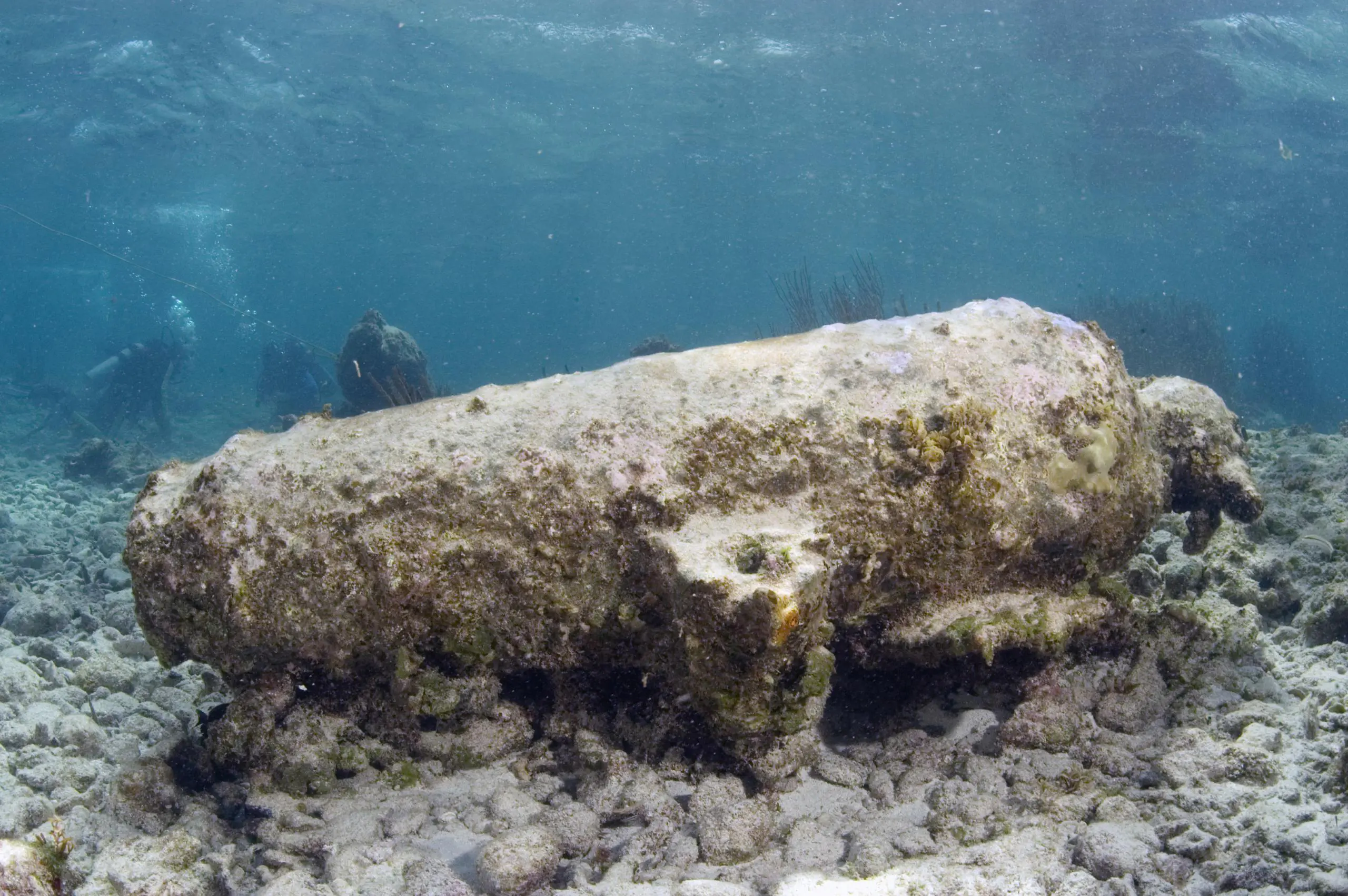
Across the Turks Island Passage you’ll find the Providenciales International Airport on Provo (Providenciales Island). Provo is the home of several major all inclusive and independent resorts. Some of these resorts cater to families, others to adults only, and all with miles of spectacular white sand beaches, beautiful pool settings, pool bars, and many with their own or otherwise serviced by dive operators with boats to take you to some of the hottest dive sites around the Caicos side of the islands.
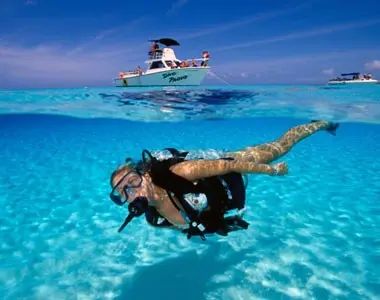
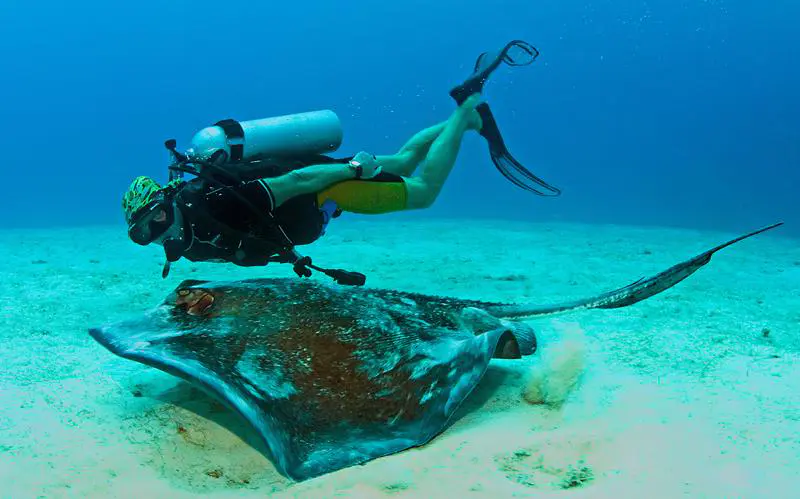
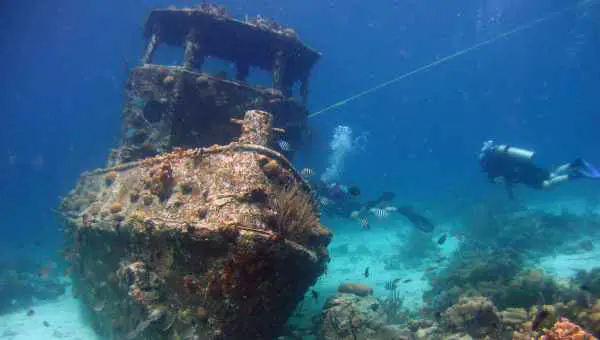
Now, although thousands of boats have sunk around the islands, the main attractions are the reef and wall dives. That is except for the Mad Max style Thunderdome that was used for the pilot of a French game show. The thunder dome collapsed during hurricane Francis in 2004. But at 20ft from the surface and 35ft at depth, it makes a great swim through to view shrimp, scallops, clams, barracuda, queen angelfish, gray angelfish, lobster, and schools of snapper, goatfish, and others will surround you on this one of a kind dive.
Many of the dive sites here are named after what you expect to see at the site: Hole in the Wall starts at the top of the reef at 55ft and a tube goes down to and you exit out onto the reef at 90ft. The Crack cuts down the reef at 55ft down to 100ft, Eel Garden…take a guess at what is found here besides peacock flounder, and nurse sharks. The Amphitheater is a wall dive with an under hang that goes back about 15ft at the base at 85ft of depth. Perhaps Becky’s Beautiful Bottom doesn’t quite describe the huge coral heads off West Caicos, Brandywine doesn’t quite showcase the sand chutes at this site. G Spot doesn’t at first invoke images of Gorgonian soft corals. Double D off French Cay might not readily conjure up images of two pinnacles, but other dive sites such as Shark Hotel, Elephant Ear Canyon, Aquarium, Football Field, Graceland, Grouper Hole, and Highway to Heaven may appear less scandalous when mentioned in your log book and social media posts. Oh, and expect to see big eye jacks, grouper, rays and schools of smaller fish just about everywhere you go. Some sites such as the Molasses Reef, a wall dive, is south of Provo by French Cay and takes awhile to get there, so it’s usually part of a two or three dive excursion that may leave in the morning and not get back until 5pm. The two and three dive boat trips are the best way to see the sights at the farthest ends of the islands. For extended liveaboard trips around the islands may we recommend the Turks and Caicos Aggressor II or the Turks and Caicos Explorer. Remember that the winter months are peak tourist season, and dive boats may fill up fast. It doesn’t help when these islands are getting so much good press as being one of the top dive destinations but the reefs are available every month.
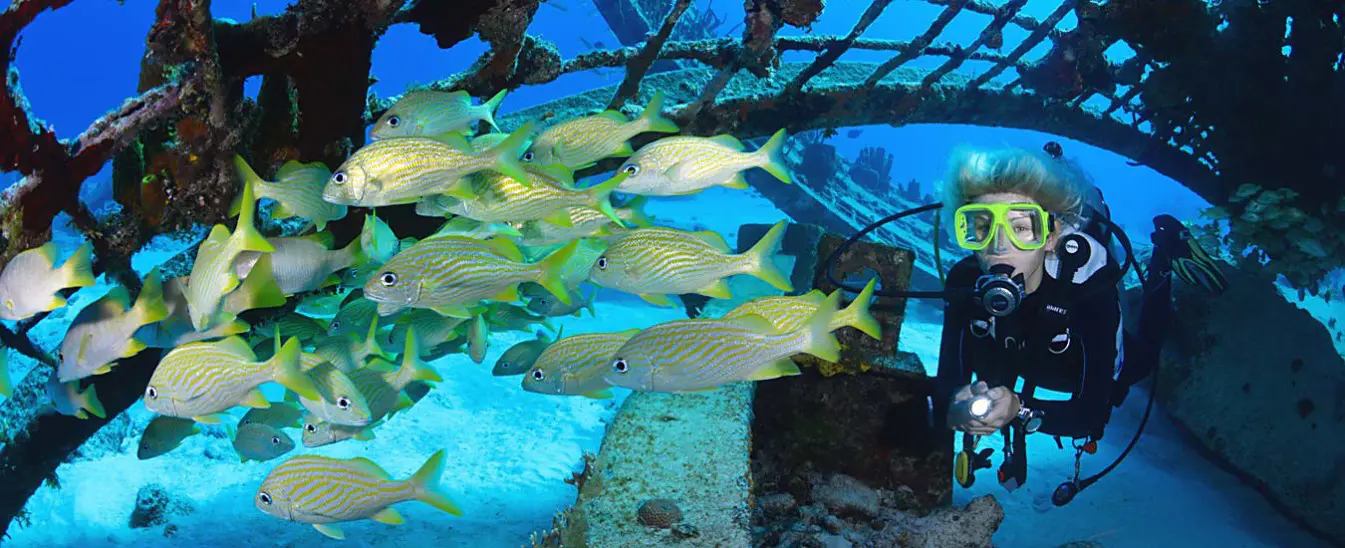
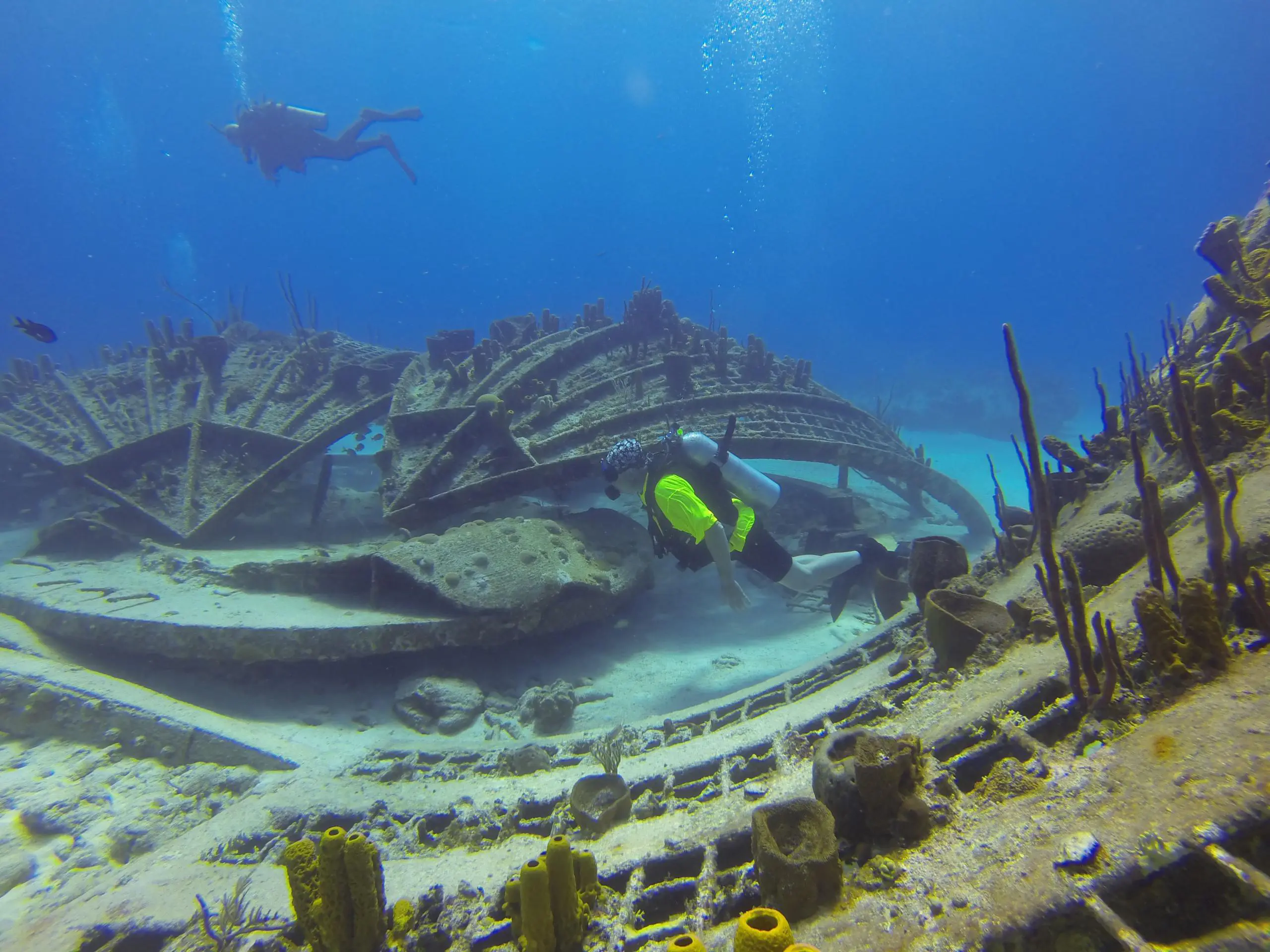
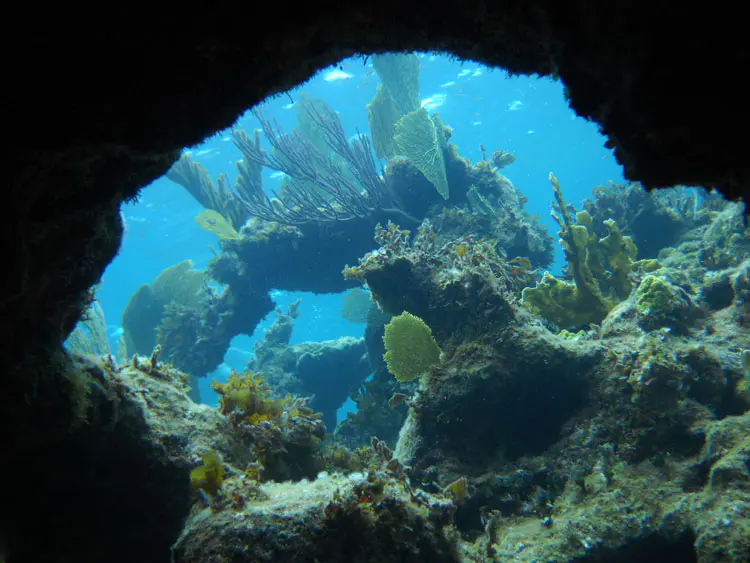
Turks and Caicos has several marine and shore preserves and national parks to see on your non-diving days and besides viewing birds such as frigates and flamingos at the parks, there is a Rock Iguana preserve on Long Cay. You can get around the islands by car, scooter, TCI Ferry system, and other boats.
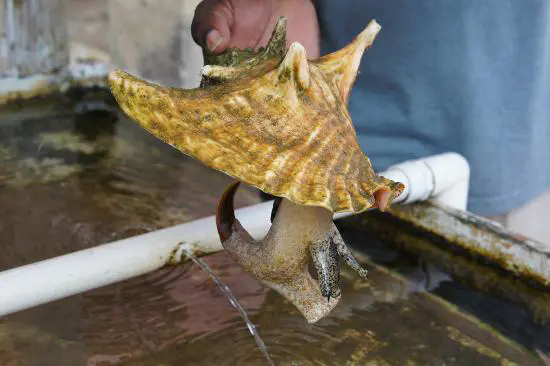
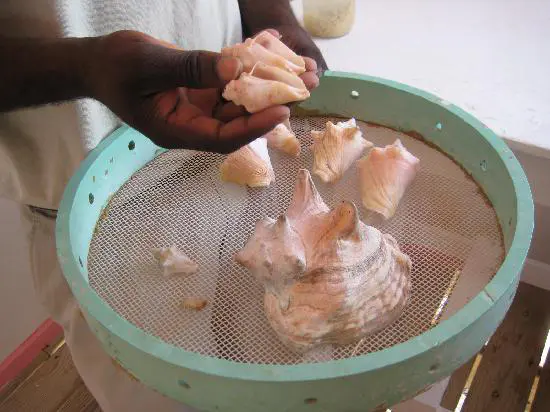
The Caicos Conch Farm on Provo is the only place in the world where they raise queen conch for local consumption as well as export. This ten acre oceanfront aqua culture farm has 65 acres of adjacent circular pens where queen conchs graze and grow. People will think you’re a marine biologist after a short tour at this site.
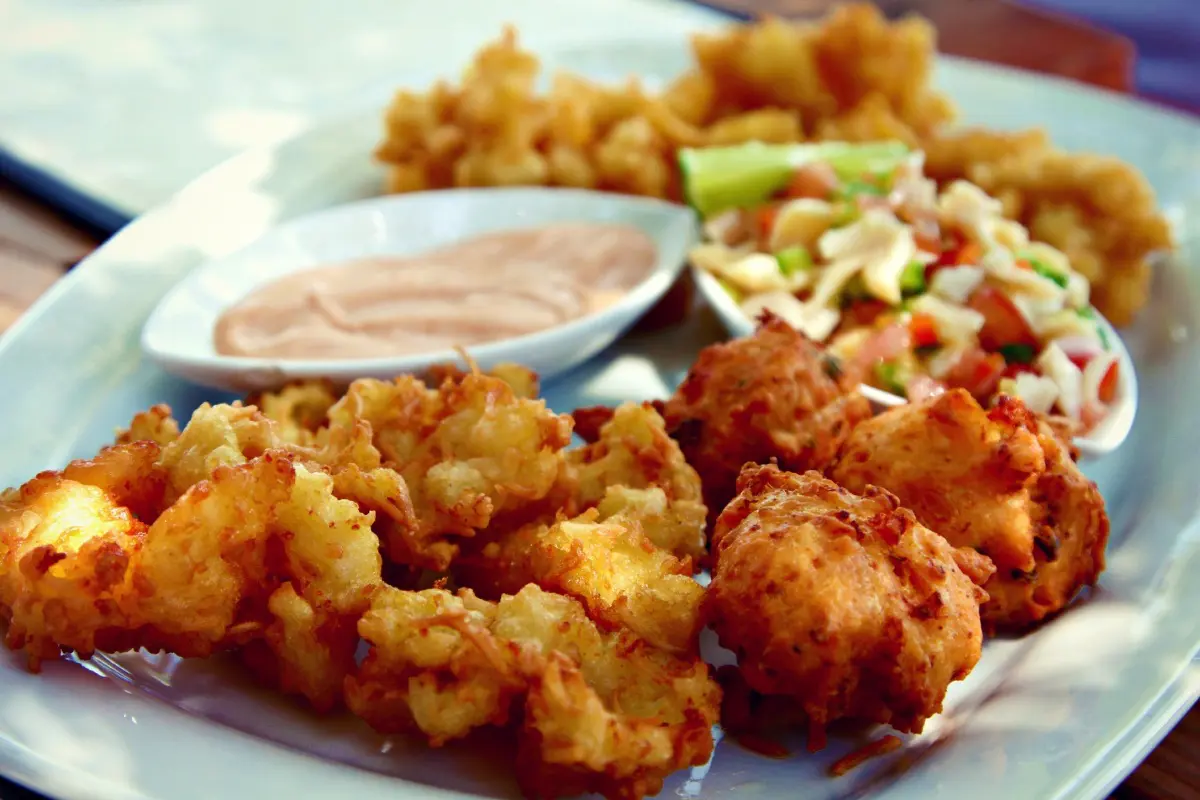
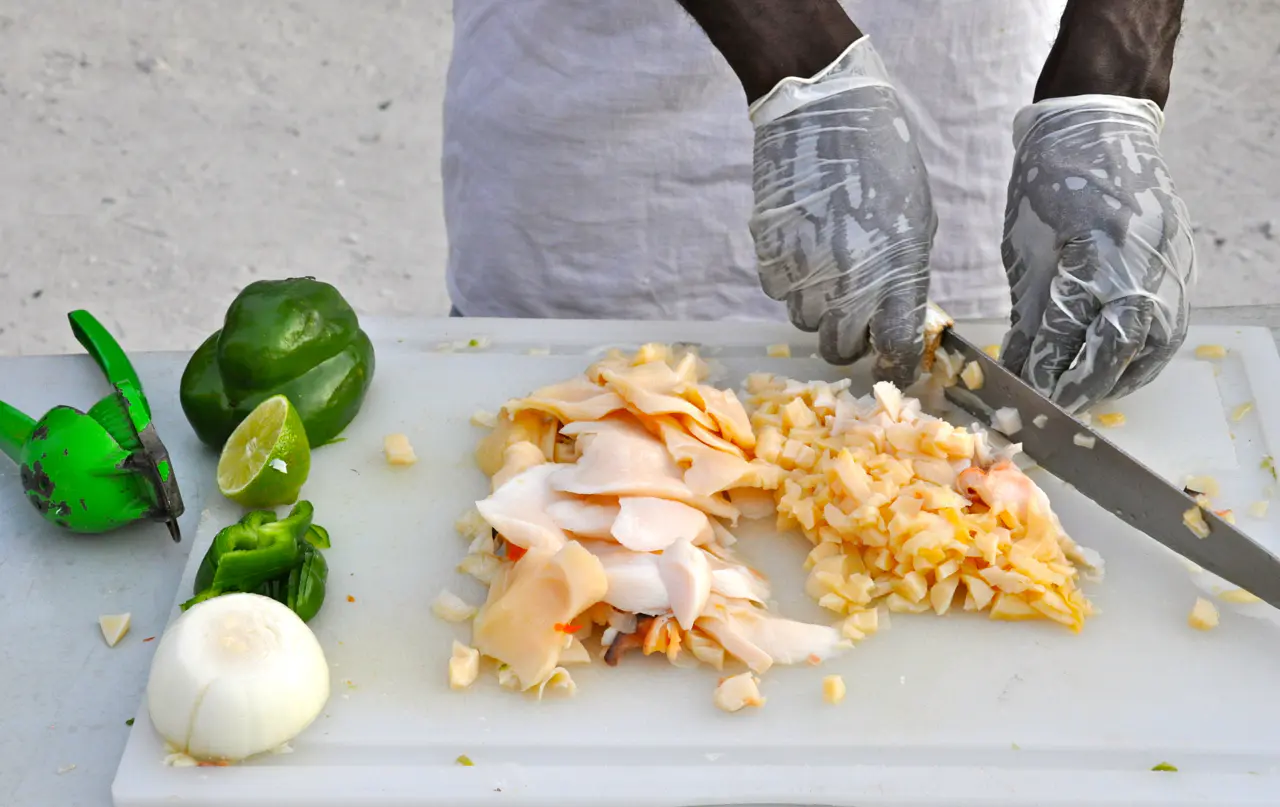
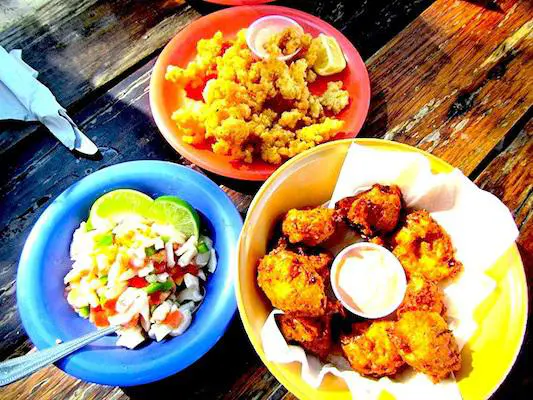
And speaking of conch, no trip to Provo would be complete if you didn’t stop for conch served at Bugaloos Conch Crawl or da Conch Shack and Rum Bar. Fried or marinated, you “conch” go wrong man, with this delectable and renewable island resource.
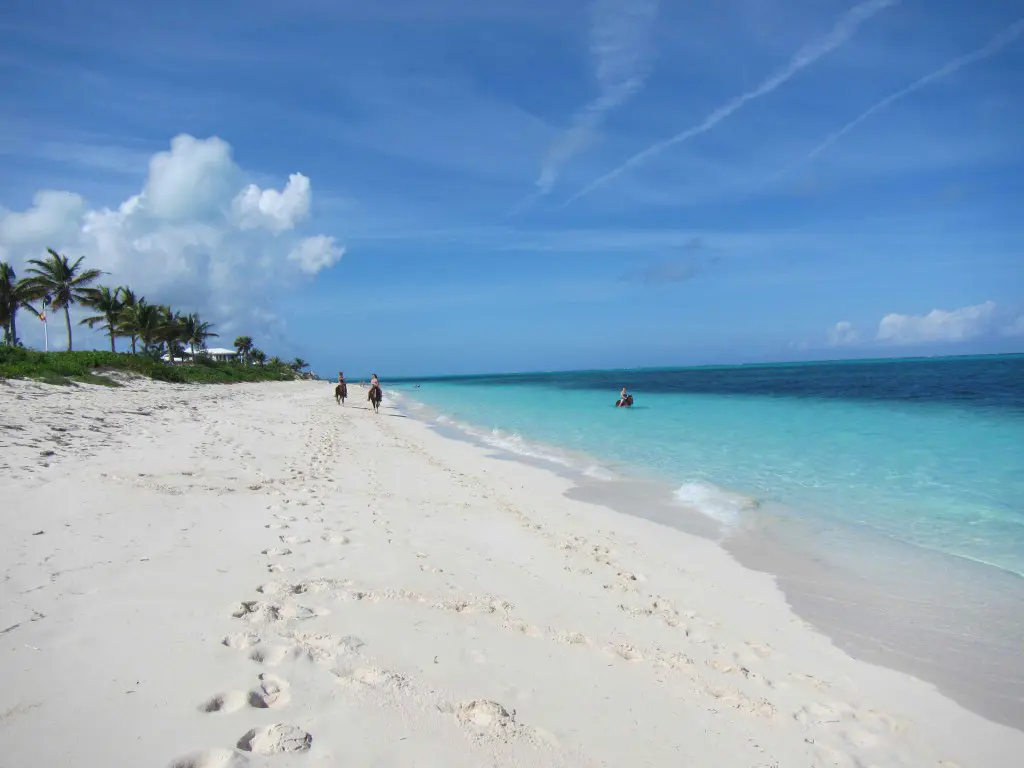
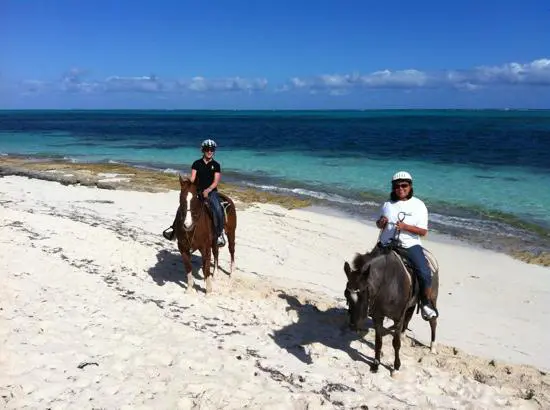
So there you go, islands filled with tourist attractions, cruise ships, shopping and dining, islands uninhabited, islands with long white sand beaches to relax on, or get up, dive and explore almost endless miles of reefs, walls, wrecks, with extensive marine life such as turtles and corals. So no matter how or what century you get here, Turks and Caicos has something for everyone.
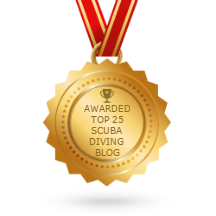
Recent Posts
- Eastern Malaysia, Sabah, Sipadan & More
- Ghost Pipefish, Pipefish, Seahorses, and Sea Dragons
- Australia Queensland and the Great Barrier Reef
- Tioman Islands, Malaysia
- The Riviera Maya
- The Peter Diving System
- The Bay Islands, Roatan, Utila, Guanaja, and more.
- The Cuttlefish; The Undisputed Master of Camouflage.
- The Maldives: A Garland of Islands in the Indian Ocean
- Frogfish, The Overlooked Camouflage Artist
Categories
- Australia
- Bahamas
- Bay Islands
- Belize
- Blue Hole
- Bonaire Diving
- Borneo
- Cayman Brac
- Cayman Islands
- Cozumel
- Curacao
- Cuttlefish
- Dive Destinations
- Dive Equipment
- Dive Liveaboards
- Dive Resorts / Properties
- Dive Travel
- Dive Travel Deals
- Diver Wellness
- Dolphins
- Dominica
- Eagle Rays
- eagle rays
- Family Travel
- Fiji
- Galapagos Islands
- Great White Shark cage diving
- Guanaja
- Honduras
- Indonesia
- Infographics
- Isla Mujeres
- Learning to Dive
- Little Cayman
- Maduro Dive Newsletter
- Malaysia
- Maldives
- Manta Rays
- Marine Life
- Mexico
- Micronesia
- Muck Diving
- Myamar
- Palau
- Papua New Guinea
- Pelagics
- Philippines
- Pinnacles
- Polynesia
- Reefs
- Riviera Maya
- Roatan
- Saba
- Sabah
- Scuba Diving
- Scuba Gear Reviews
- Scuba News/Events
- Scuba Training & Education
- Sea Legends
- sea lions
- Sea of Cortez
- Sharks
- Single Travel
- Sipadan
- Socorro Islands
- South Africa
- Specialties
- ST. Kitts
- Stingrays
- Tahiti
- Thailand
- The Bucket List
- Tobago
- Truk Lagoon (Chuuk)
- Turks and Caicos Islands
- Turtles
- Uncategorized
- Underwater Photography
- Underwater Video
- Utila
- Walls
- Whale Sharks
- Whales
- Wreck Diving
- Wrecks
- Yap
Archives
- January 2024
- April 2023
- March 2020
- March 2019
- January 2019
- November 2018
- September 2018
- July 2018
- May 2018
- March 2018
- January 2018
- October 2017
- September 2017
- June 2017
- April 2017
- February 2017
- January 2017
- October 2016
- August 2016
- July 2016
- May 2016
- March 2016
- February 2016
- January 2016
- December 2015
- August 2015
- June 2015
- April 2015
- January 2015
- November 2014
- July 2014
- April 2014
- February 2014
- December 2013
- November 2013
- October 2013
- September 2013
- August 2013
- July 2013
- June 2013
- May 2013
- April 2013
- March 2013
- February 2013
- January 2013
- December 2012
- November 2012
- October 2012
- September 2012
- August 2012
- July 2012
- June 2012
- May 2012
- April 2012
